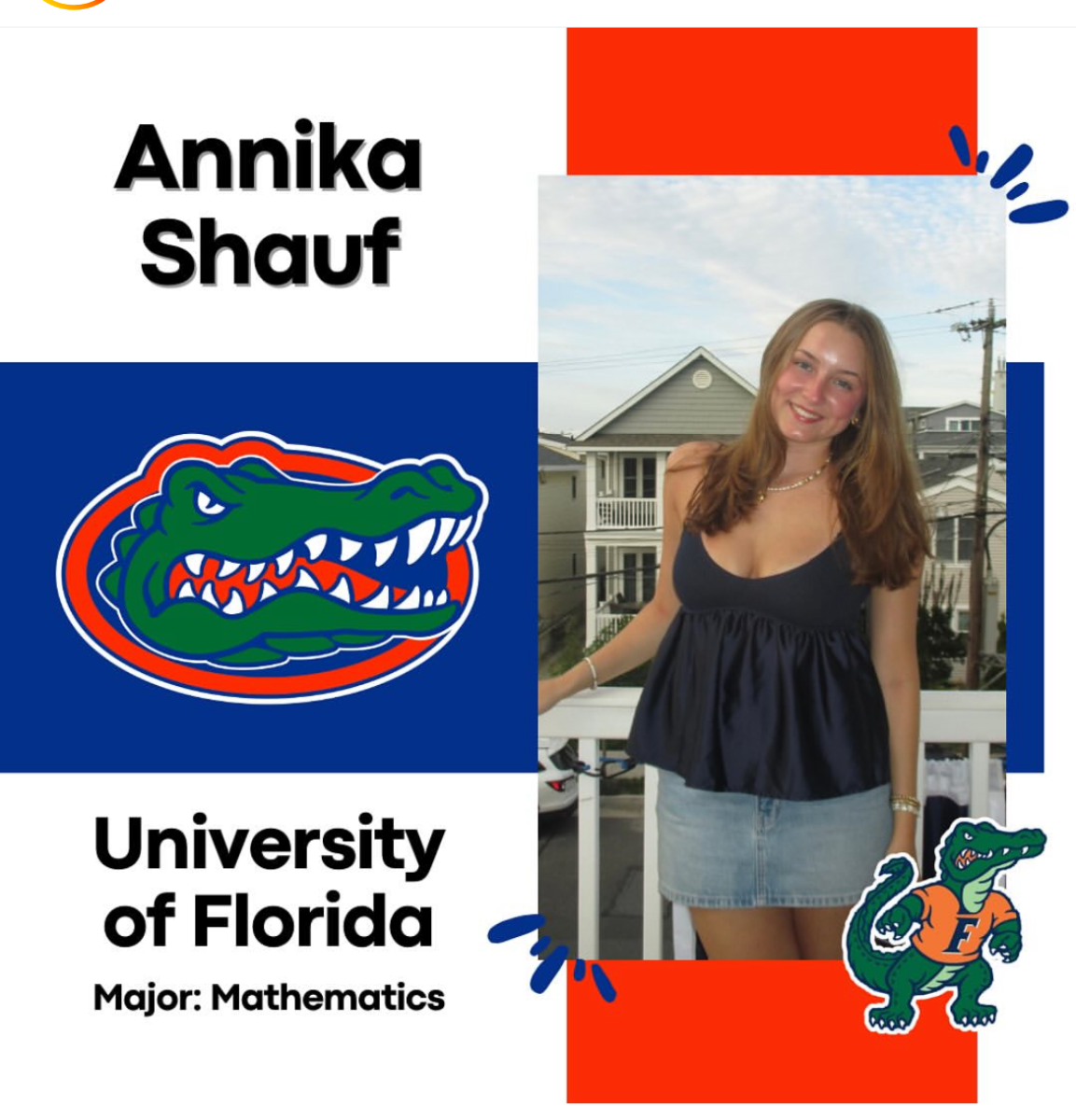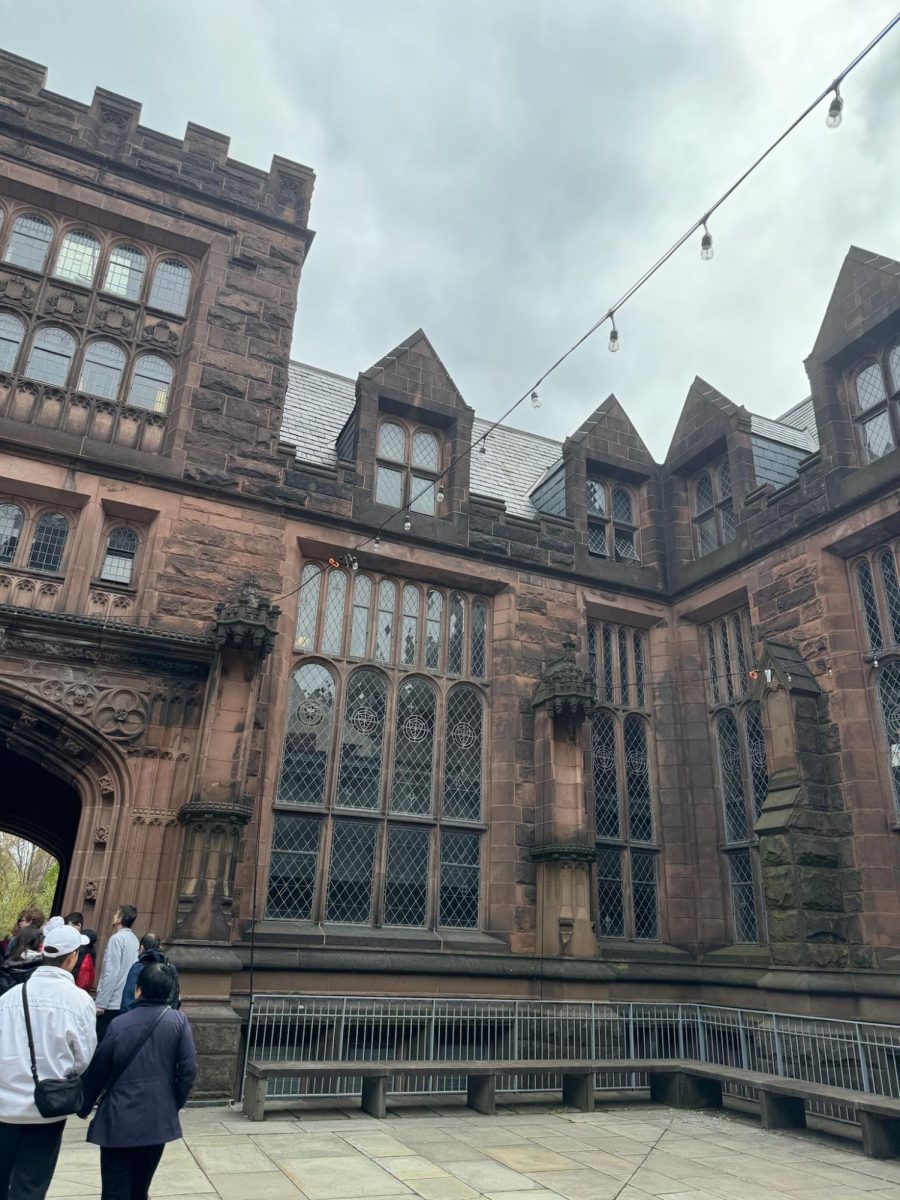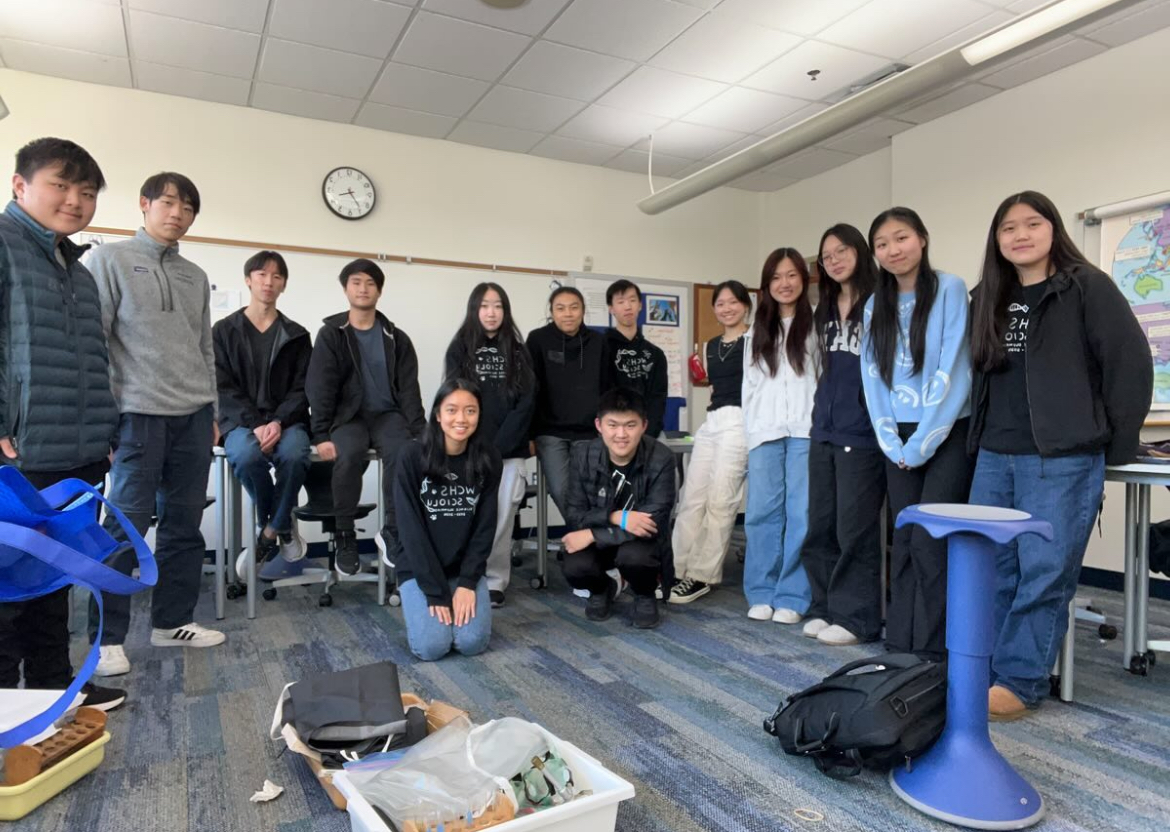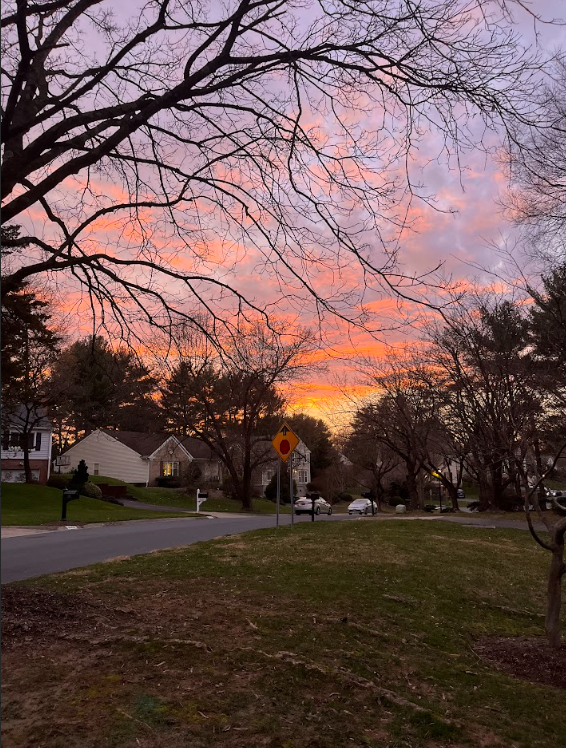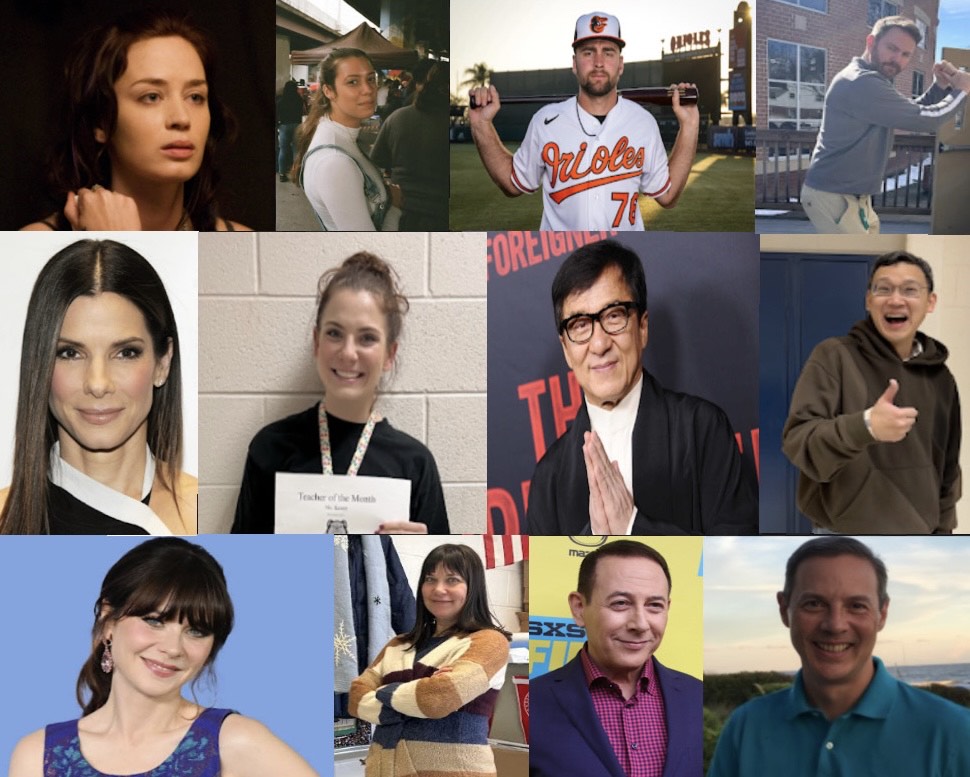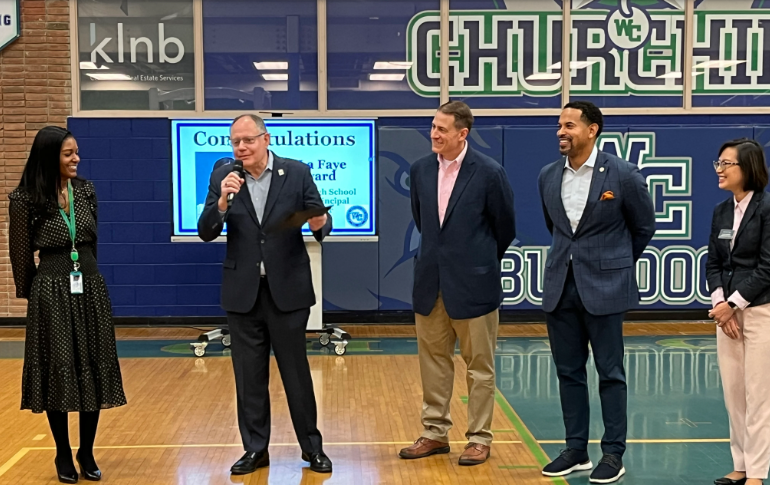This holiday season is a once-in-a-lifetime experience—and not just because of chaotic Black Friday sales.
Thanksgiving and the first day of Hanukkah overlap Nov. 28, for a combined holiday dubbed “Thanksgivukkah.”
“It’s exciting to have two holidays merged in one day,” senior Lauren Fineberg said. “It’s double the fun.”
Thanksgivukkah has never happened before and will not likely happen again in this lifetime. The latest Thanksgiving can possibly be is Nov. 28, which is also the earliest Hanukkah can be. Because Thanksgiving is kept track of on the Gregorian calendar, which repeats every seven years, and Hanukkah is governed by the Hebrew calendar, which repeats every 19 years, the holidays should converge roughly every 133 years, according to an October 2013 Business Insider article.
Though Hanukkah and Thanksgiving overlapped in 1861, about 133 years ago, Thanksgiving was not formally established until 1863.
“Thanksgivukkah is really cool because it’s the first time it has happened in so many years,” senior Annie Leiber said.
In addition, although the holidays should overlap every 133 years, they will not actually coincide again until the year 79811, in about 70,000 years, because the Jewish calendar is getting out of sync with the Gregorian calendar, according to the Business Insider article.
Students have mixed reactions to the historic conjoining of holidays.
“I really dislike how the holidays overlap this year,” junior Jackie Plesset said. “Every year, I am always so excited for the holidays because it means I get to see my family, but this year, I don’t get to visit my family again in December for Hanukkah.”
Although it might disrupt traditional holiday plans, Thanksgivukkah provides some unique opportunies. While Hanukkah often competes with Christmas during the holiday season, having an earlier date gives the eight-day holiday a chance to be in the spotlight.
“I’m excited because Hanukkah is earlier this year and won’t be as close to Christmas,” junior Rachel Narrow said.
In addition, families do not have to stress over celebrating Hanukkah while on vacation during winter break, and students can see faraway family or friends who they otherwise may not visit during Hanukkah.
“I’m visiting my family for Thanksgiving, and we’re celebrating Hanukkah at the same time,” sophomore Mara Kaplan said. “Normally, I stay here for Hanukkah and don’t get to celebrate it with extended family.”
Jewish Americans are taking advantage of this rare holiday in a variety of ways, including Thanksgivukkah-themed merchandise. Souvenir t-shirts, which can be bought online, are available for purchase, such as ones inspired by Woodstock that read “8 days of light, liberty and latkes.” Ten percent of the profits from the shirts go to MAZON, a Jewish non-profit organization working to end hunger.
According to a November 2013 Huffington Post article, 9-year-old Asher Weintraub created a turkey-shaped menorah, called a “Menurkey,” and has sold over 1,500.
Commercial companies are also taking part in the Thanksgivukkah cheer.
According to a November 2013 Time article, Macy’s has announced that a giant dreidel balloon will be featured in its annual Thanksgiving Day Parade to commemorate the hybrid holiday.
Of course, one of the biggest parts of Thanksgiving is the food, and Thanksgivukkah opens up opportunities for a whole new menu. Recipes have popped up for everything from potato latkes with cranberry apple sauce to Manischewitz-brined turkey with challah-apple stuffing.
“My family will be eating both turkey and latkes,” Fineberg said.
Thankgsivukkah provides Jewish people a different twist to their usual Thanksgiving celebrations. So, in the words of Adam Sandler, “put on your yarmulkes”—it’s time for Thanksgivukkah.


